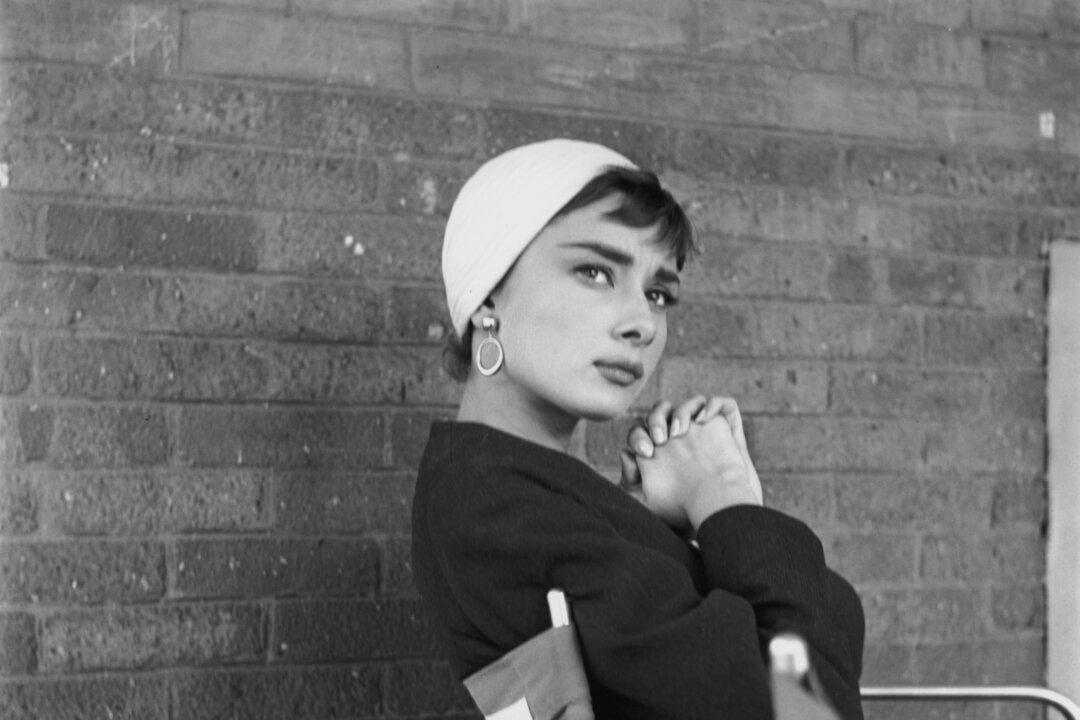In the mid-1950s, movie content began to change drastically. After two decades of wholesome movies that promoted traditional values and that the whole family could enjoy, the risqué, violent, and obscene content which had characterized movies of the early 1930s and before crept in again.
Hollywood historians noted that the 1930s content shift came about after the establishment of the Production Code Administration (PCA) in July 1934.






